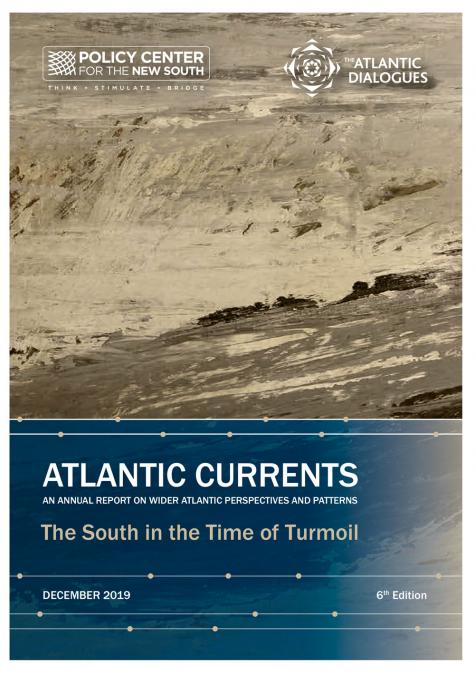Publications /
Opinion
The expression “green revolution” is controversial today; yet my own assessment is that, in spite of many valid criticisms, the Green Revolution was a major achievement for humankind: it made erroneous the Malthusian predictions of the 1960s and 70s that it would be impossible to provide enough food for a rapidly growing world population and that major humanitarian crises, including famines, would occur in several countries within a few years, particularly in South Asia. In a wider Atlantic perspective, the need for a new green revolution is particularly obvious in Africa today, as revealed by an examination of past trends for agricultural production and trade flows: Sub-Saharan Africa (SSA) and the West Asia/North Africa region (WANA) show a large and growing net agricultural trade deficit. And all projection and prospective analyses suggest that this deficit will continue to grow. Yet, total rural population will also continue to expand making it impossible for these two large regions to follow the agricultural modernization path, through substitution of capital for labor, which other regions of the world have gone through, or are currently going through.
But of course, the new green revolution must avoid the shortcomings of the first one. It had negative environmental consequences due to the pollution created by the increased use of chemical inputs and its impact on biodiversity. It has also been criticized for allegedly harming small farmers, although the record on this score is mixed. Finally, it has been very dependent on fossil energy use, particularly for the production of chemical fertilizers and pesticides, i.e. two critical inputs of the first green revolution.
As a result, the content of the new green revolution for Africa will have to be quite different than what it was for the first one in Asia. And this has implications for the set of actors to be involved. The main driver was increased yields through crop improvement delivering new “high yielding varieties” of wheat and rice (the two major cereals). These new varieties responded better to inputs such as fertilizers and irrigation, and they also were often more resistant to pests. The process of crop improvement was greatly enhanced by the work of large regional or world networks of public experiment stations, assembled and coordinated by the newly created international agricultural research centers, belonging now to the CGIAR: the International Rice Research Institute (IRRI) and the International Maize and Wheat Improvement Center (known by its Spanish acronym CIMMYT). In addition to agricultural research, appropriate public policies in support of agriculture played a critical role in the success of the Green Revolution. In Latin America also a true technical revolution happened, particularly in countries of the Southern Cone. But the ingredients of that revolution have been somewhat different than those of the original Green Revolution in Asia, including improved soil fertility management and new farm practices eliminating the need to plow the land, as well as crop improvements, relying often on GMOs for such crops as corn and soybean. Interestingly, the main actors in this case have not been the international centers of the CGIAR but very strong National Agricultural Research Systems, as in the case of Brazil and -to a lesser extent- Argentina, as well as private firms, notably the large multinational seed companies.
Today in Africa the research agenda must target small scale farmers and be much broader than the creation of new high yielding crop varieties. Demographic trends and perspectives are such that the number of workers in agriculture will continue to increase over the foreseeable future. Thus, large-scale plantations will not be the dominant mode of agricultural production and cannot be viewed as the solution of the future. The small farmers’ productivity of land and labor must increase. Finding ways to do so will be a major challenge for the research/innovation agenda. In addition, the new farm practices will have to be environmentally sustainable in order to maintain the natural resource base of agriculture. And this will be another major challenge.
Many actors must be involved to face up to these challenges: first, the small-scale farmers themselves, notably those able to produce a marketable surplus beyond their family subsistence needs. And this will require major strengthening of farmers’ collective organizations. Effective public agricultural research institutions will be needed, which will require major efforts in most African countries. Many private actors operating in the agricultural value chains will have to be mobilized. And, finally, outside actors such as the international centers of the CGIAR and academic institutions from most regions of the Wider Atlantic can continue to make significant contributions but the bulk of the research/ innovation effort will have to be domestic.
This blog article is based on the autho'rs chapter published in the Atlantic Currents 2015.



